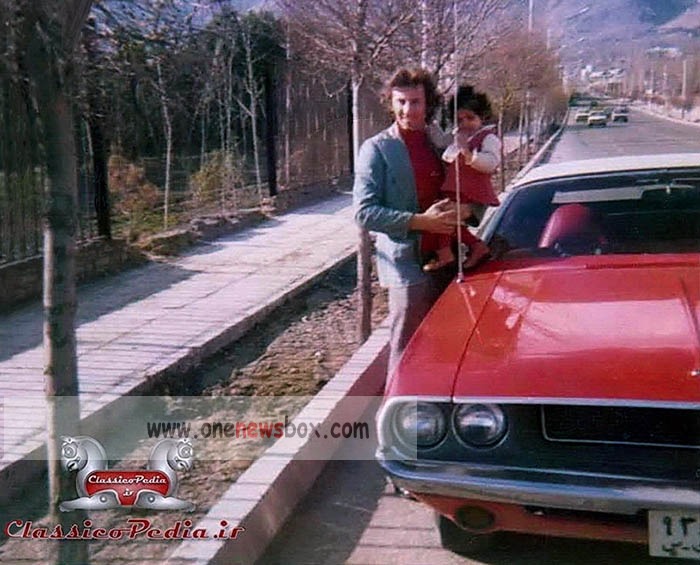The cultural pluralism of the 1950s laid the groundwork for a deeper identity crisis. While some embraced modernization, others felt alienated and excluded. The lack of genuine political participation, combined with cultural marginalization, produced resentment among the traditional middle class.
-
Merchants and Bazaaris saw their economic role undermined.
-
Clerics felt sidelined by secular education and Western cultural imports.
-
Ordinary believers viewed Westernization as a threat to their values.
This discontent simmered beneath the surface until it exploded in later decades. As some scholars have argued, the Iranian Revolution of 1979 can be interpreted as a reaction to this unresolved cultural duality and identity crisis.
Cultural Diversity within Opposition
It is important to note that opposition to modernity was not uniform. Within the pluralistic cultural space, different groups advocated different visions:
-
Nationalists emphasized independence and Iranian identity.
-
Religious activists focused on preserving Islamic culture.
-
Leftists highlighted class struggle and anti-imperialism.
-
Liberals and intellectuals called for freedom of expression and democracy.
Despite their differences, these groups were united by their resistance to state-imposed Westernization. This convergence of discontent created the conditions for broad-based mobilization in the 1960s and 1970s.

